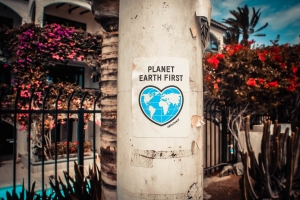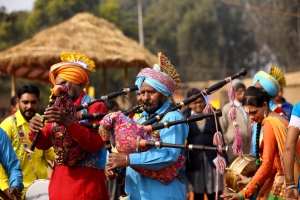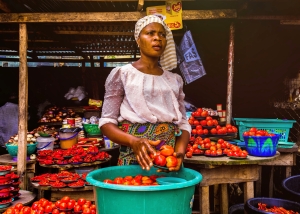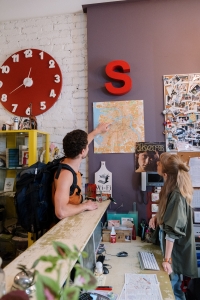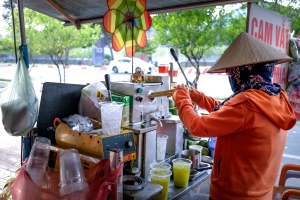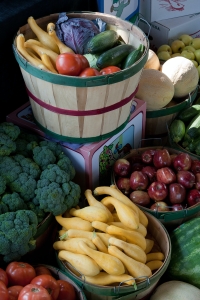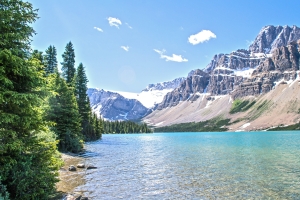The Principality of Monaco, synonymous with excellence and elegance, puts a new light on itself through its commitment to being an archetype in Europe of a new social and urban development based on eco-sustainability.
Prince Albert II sets himself the future goals of reducing greenhouse gases by 55% by 2030 and achieving carbon neutrality by 2050.
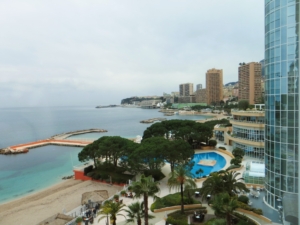
These green goals involve citizens and tourists who for environmental protection participate with small and large actions that mark substantial difference in the management of the territory.
These actions can be carried out for example through the use of electric vehicles to explore the city, the solar powered boat or electric bicycles.
The scrupulous and careful management of natural wealth is one of the foundations of Munich’s government policy.
20% of the territory is covered by green areas populated by a large number of plant species that require care, attention and protection.
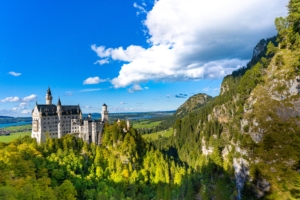
For this reason, the Urban Planning Department has drawn up the “Tree Code” a document aimed at recognizing and emphasizing the importance of city trees for the improvement of air quality.
The protection of the ecosystem also extends to marine environments, for example the Pelagos Marine Sanctuary, a protected area for the protection of Mediterranean mammals, but not only because three marine reserves have been created:
- In Larvotto, with 50 hectares of land, it includes a meadow of posidonia, common fins and brown grouper.
- Made in ’86 on the coral bottom, has the peculiarity of hosting the red coral.
- An educational marine reserve to spread with awareness the importance of the protection of the sea.
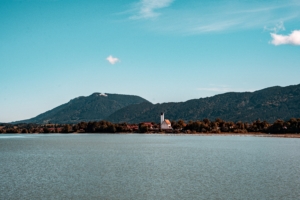
The goal of being a sustainable destination also comes through food!
In fact, to obtain the brand “Restaurant Engagé” the catering facilities must devote themselves daily to the fight against food waste, to differentiate and reduce waste, to support local initiatives, to reduce energy and water consumption, to use km 0 products to increase customer awareness of ecological issues.
For example, the Monte-Carlo Bay Hotel & Resort has a 400 m2 vegetable garden with organic fruit and vegetables.
If you happen to go to Monaco, I recommend you join the slogan: Green is the new Glam!


